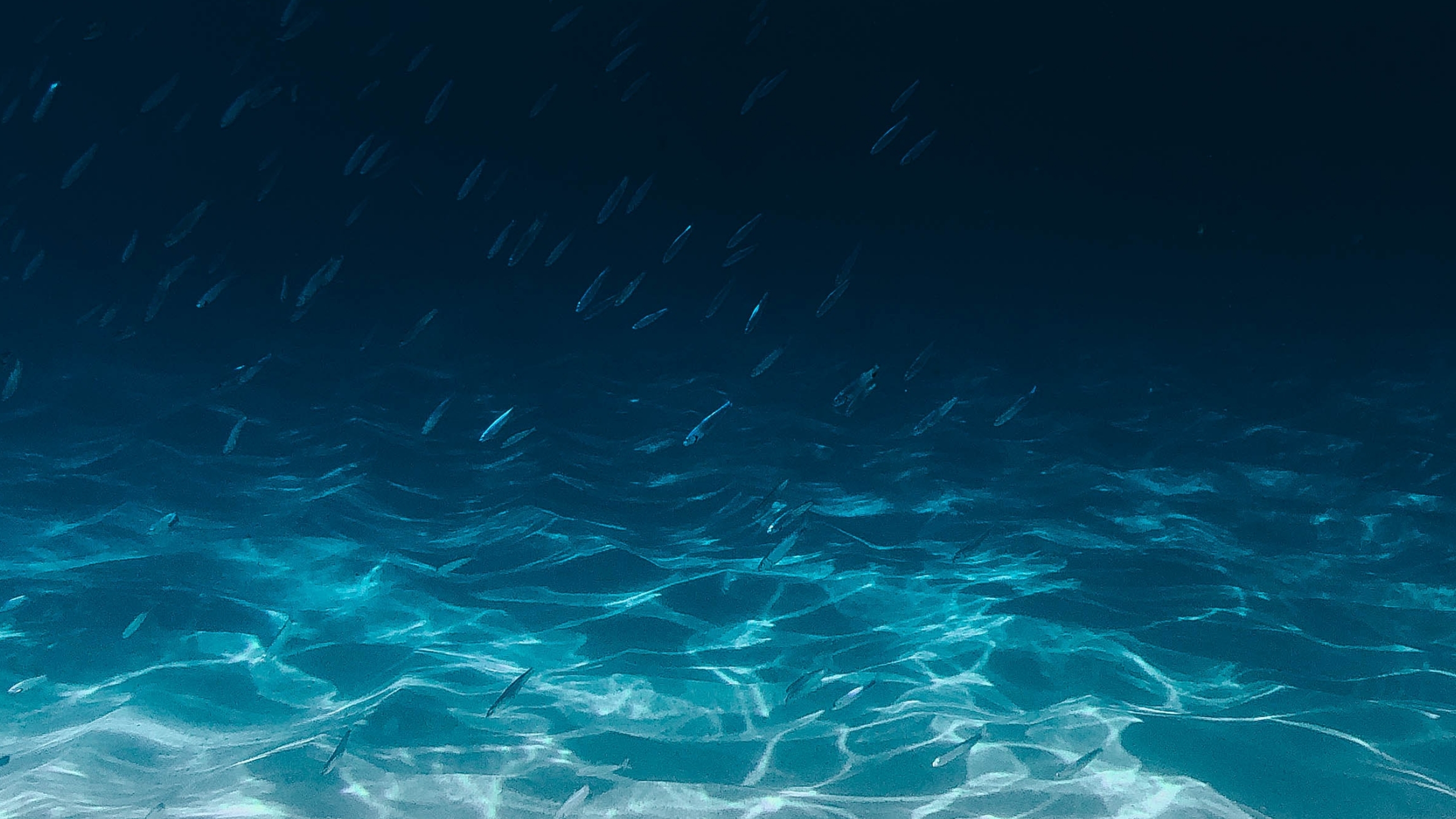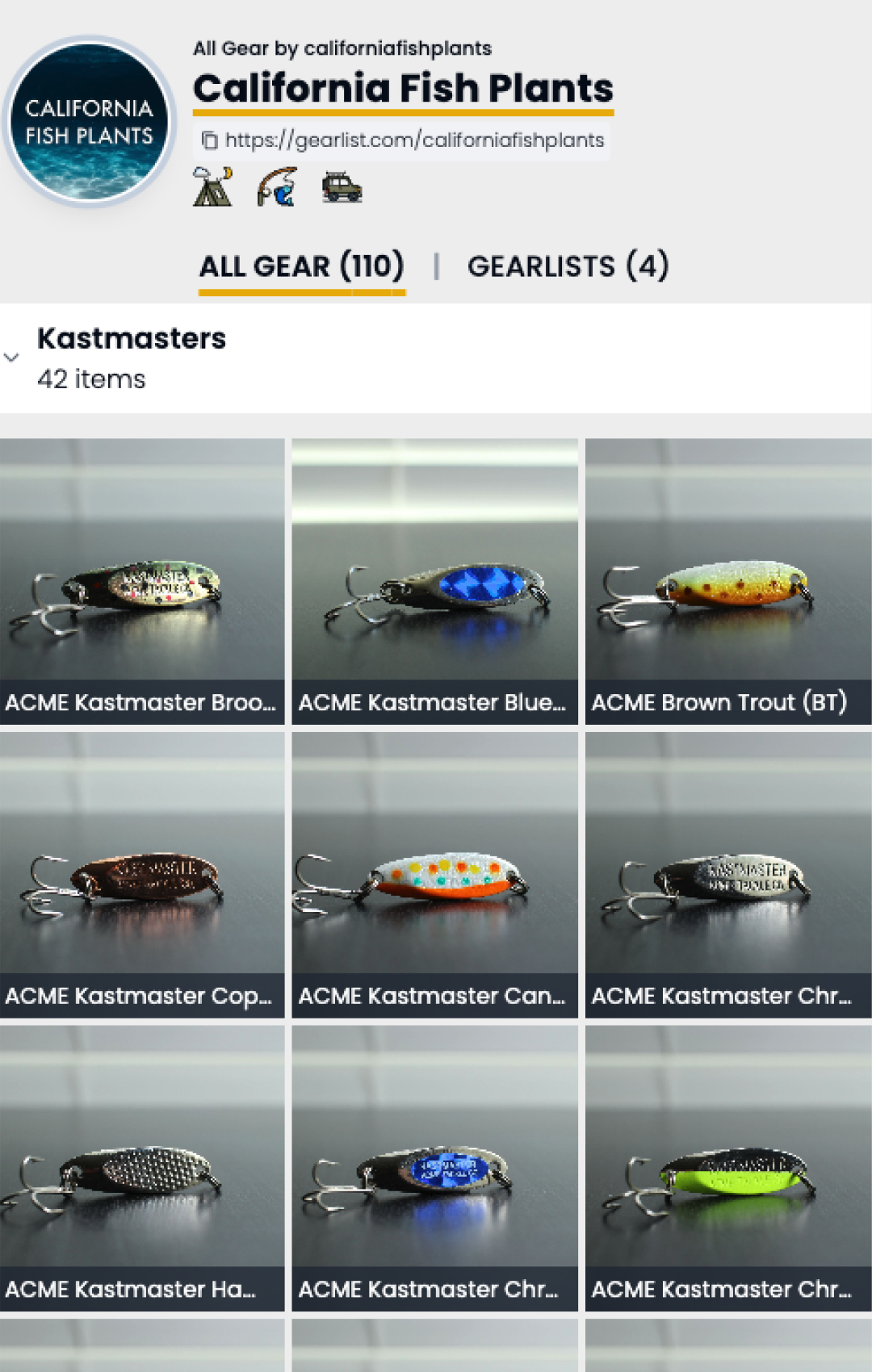Nestled amidst the towering sequoias and granite cliffs in Sequoia and Kings Canyon National Parks, Eastman Lake stands as a testament to the fascinating experiment undertaken in California to create a trophy bass fishery. Delve into this guide to discover the diverse fish species inhabiting the lake, historical insights, and expert tips for a successful angling experience.
📈 Latest Fish Plants
Fish here often?
How To Read Fish Plant Graphs
To interpret fish plant graphs effectively, consider the following key elements:
- Blue Vertical Bars and Numbers:
- Representation: The blue vertical bars on the graph represent individual fish plants.
- Weight Measurement: The associated numbers indicate the total weight of the plants in pounds (lbs.) that occurred during a specific week.
- Significance: Monitoring these bars helps identify weeks with higher planting activity, aiding anglers in selecting optimal times for fishing near recent plantings.
- Orange Trend Line:
- Purpose: The orange trend line represents the moving average of all fish plant activities at the specified location.
- Indicator of Activity: A rising trend line suggests a consistent increase in planting activity over the designated period. This indicates the potential for more catch opportunities and signifies a growing fish population over the weeks.
- Interpreting the Moving Average:
- Upward Trend: A rising moving average implies an upward trajectory in planting activity, indicating an increasing number of fish being introduced into the area. This suggests a positive outlook for anglers, as it implies a larger and potentially more accessible fish population.
- Downward Trend (Not Specified): The description does not provide information on the interpretation of a decreasing trend in the moving average. It might be beneficial to include information on what a decreasing trend could signify in terms of fishing prospects.
- No Data Present:
- Possible Explanations: If no data is visible on the graph, it may indicate that the location had no fish plants in the last three months. Alternatively, the absence of data could be due to non-disclosure of fish plants for that location.
- Natural Population: Some fishing areas in California rely on the natural growth of fish populations, and graphs may not show plants if this is the case.
- Graph Disclaimer:
- Data Source: The graphs reflect a combination of publicly disclosed data and estimates. Some locations may disclose fish plants without specifying exact amounts.
- Not Universal: Not all fishing areas have fish plants, and the natural growth of fish populations plays a significant role in many California fishing locations.
Understanding these elements will empower anglers to make informed decisions about when and where to fish based on historical fish plant data.
Note: If no data is present in the graph above, this location may not have had any plants the last 3 months, or may not have publicly disclosed plants. Graphs reflect both publicly disclosed data and estimates, as some locations disclose plants, but not exact amount.
🗺️ Map & Fishing Location
Types of Fish You Can Expect to Catch Here
- Rainbow Trout: Eager and acrobatic, rainbow trout are prevalent near the dam, inlets, and drop-offs, especially during the spring and fall seasons.
- Brown Trout: Less common but feisty, brown trout prefer deeper waters and structure, making them most active in the mornings and evenings.
- Eastern Sierra Dace: Found throughout the lake, these tiny, silvery fish are a joy to catch on ultralight gear and indicate healthy water conditions.
A Glimpse into the History of Eastman Lake
Eastman Lake, an 1,800-acre reservoir at an elevation of 650 feet, was created in 1978 as an experiment to establish a trophy bass fishery. Before its opening to the public, strategic measures such as anchoring brush piles for aquatic habitat and implementing a successful weed control program were undertaken. The lake now boasts thriving populations of bass, catfish, rainbow trout, bluegill, crappie, and redear sunfish. An added allure is its designation as a “Watchable Wildlife” site, home to 163 species of birds.
Top 5 Tips for Anglers Fishing at Eastman Lake for the First Time
- Experiment with Tactics: While insect imitations like stoneflies, caddis, and midges work well, Eastman Lake offers opportunities for various tactics. Try streamers, nymphs, dries, and even small lures to gauge the fish’s preferences.
- Utilize Boats or Kayaks: Renting a boat or bringing your own allows access to hidden coves, the dam (off-limits from shore), and increased coverage of the lake for a more rewarding fishing experience.
- Productive Shore Fishing: Cast towards weed beds, drop-offs, and around the dam (from designated areas), especially in the early mornings and evenings. Bait, lures, and flies all yield successful results.
- Be Mindful of Water Levels: Eastman Lake experiences fluctuations throughout the year, affecting shorelines and fish behavior. Stay informed about the latest updates to adjust your fishing spots accordingly.
- Check National Park Service Regulations: Ensure compliance with regulations and stay updated on fishing reports, which can change based on the season and fish populations, for a sustainable and healthy fishery.
Top 5 Strategies and Tactics for Optimal Fishing at Eastman Lake
- Seasonal Adaptations: Tailor your fishing strategies to the season. Spring offers opportunities for aggressive rainbows, summer is ideal for trolling trout, and fall is prime time for Lahontan cutthroat trout.
- Strategic Locations: Explore key areas such as the dam, inlet, north shore, east shore, and hidden coves, each providing unique opportunities for different fish species.
- Patience is a Virtue: Given Eastman Lake’s popularity, practicing patience and respecting other anglers enhances the overall fishing experience. Keep gear organized, minimize noise, and dispose of trash responsibly.
- Leverage Technology: Use technology such as downriggers and fish finders for efficient trolling, enabling you to locate schools of trout and optimize your catch.
- Mindful Bait Presentation: Pay attention to bait presentation, especially when targeting specific fish species. Vary your techniques based on the preferences of rainbows, browns, or Lahontan cutthroat trout.
Top 5 Recommendations for Fishing Gear at Eastman Lake
- Rods: Opt for medium-weight rods with versatility for varied fishing conditions in both the reservoir and nearby areas.
- Reels: Select reels with smooth drag systems capable of handling the spirited runs of rainbow and brown trout.
- Lures: Pack a variety of lures, including imitations of baitfish, insects, and other natural prey to match the diverse feeding habits of the fish in Eastman Lake.
- Fishing Line: Use high-quality lines with sufficient strength to withstand the challenges posed by rocky lake bottoms and potential snags.
- Explore Our Gearlist: Visit our Gearlist account for specific recommendations on rods, reels, lures, and other gear used to maximize your fishing experience at Eastman Lake.
Embark on a fishing journey at Eastman Lake, where tranquility, diverse fish species, and the beauty of Sequoia and Kings Canyon National Parks converge. As you cast your line into the serene waters, may you unravel the secrets of this unique corner of California, creating memories that transcend the mere act of catching fish.
And don’t forget to check National Park Service regulations and fishing reports. Respecting the rules ensures a healthy fishery for everyone, preserving Eastman Lake’s natural beauty for future generations to enjoy.



